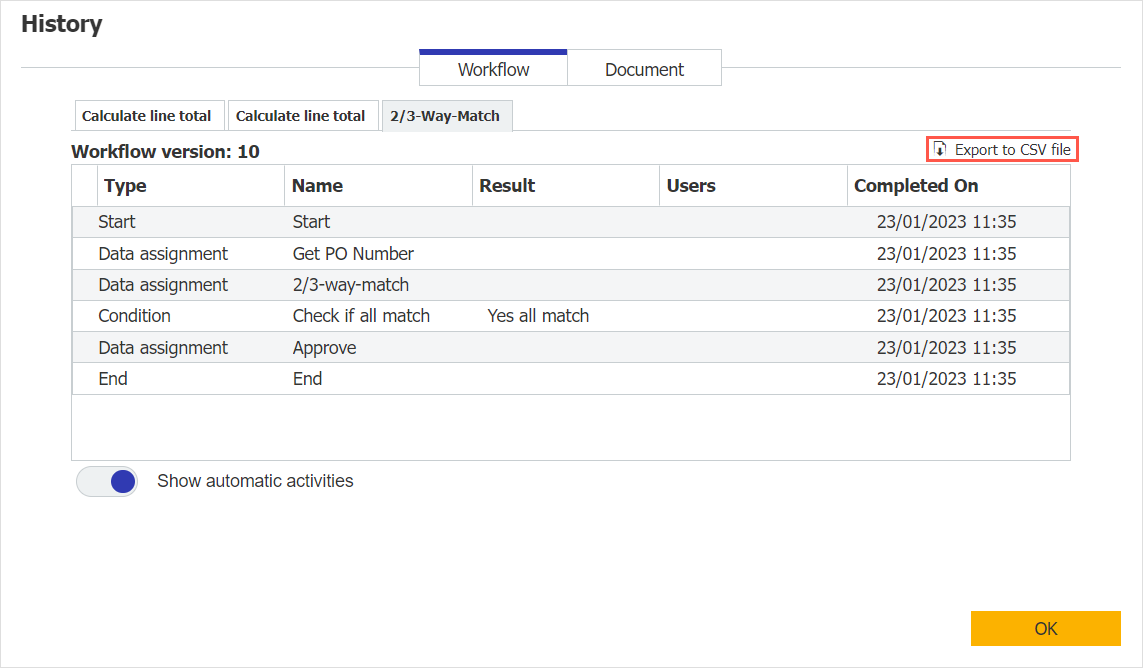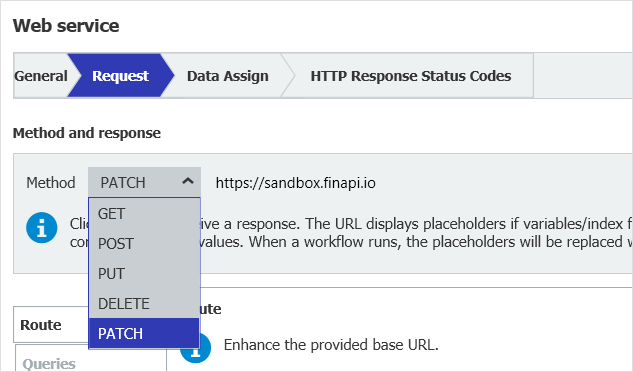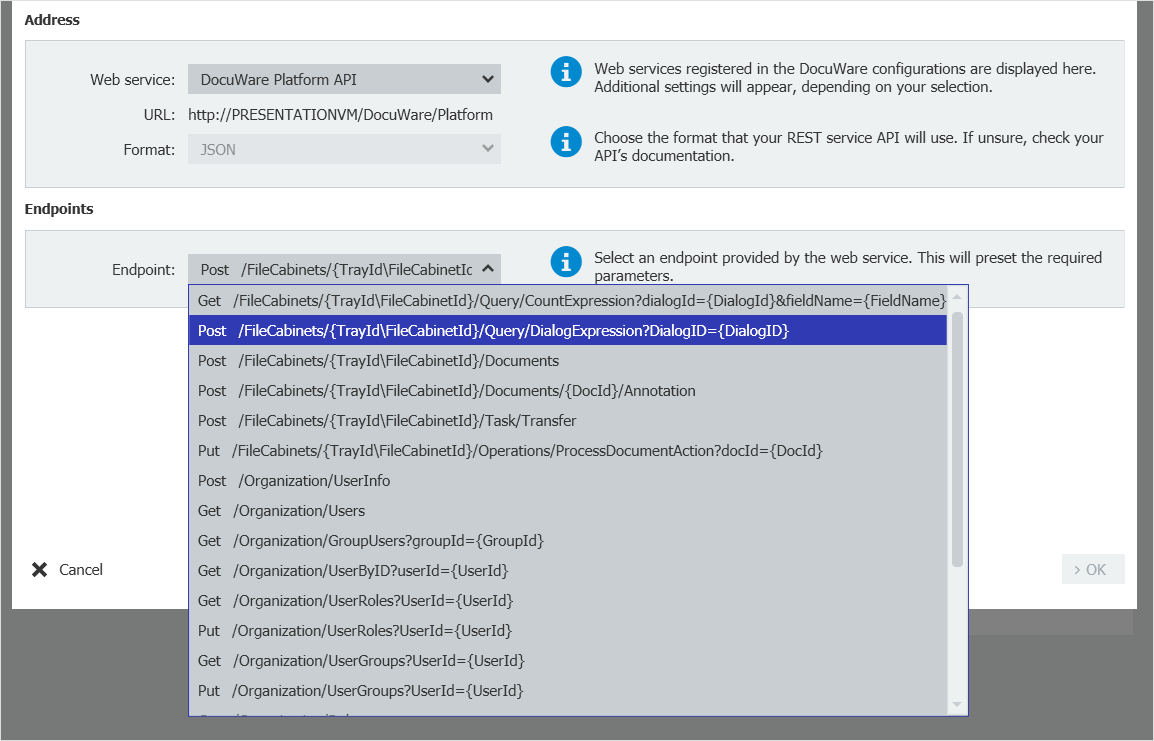Requests: Status is displayed in list
Components: Web Client, Workflow Manager
You can now view the status of your requests in the list of sent requests. The status column shows either Completed or Pending. You can now also sort your requests according to the Decision and Status columns.
Benefits
Better overview
Always up to date
More workflow history options
Component: Workflow Manager
You can now export the workflow history as a CSV file to use the data for your own purposes.
In addition, you can now view the start and end time of an activity in the workflow history. The Completed on column (previously Date) now only shows the date and time of completion. As long as the activity is still being processed, the column remains empty. The start time can be found in the details of the individual activity.
Applications
As part of an audit, you need a proof of process for the auditor and make this available as a CSV file.
You would like to provide a controlling overview for an internal company evaluation.
An error has occurred in a workflow and the history provides you with information for solving the problem.
Advantages
More convenient provision of information
More flexibility
Here's how

You can initiate the export as a CSV file via the new button.
Even designers can monitor and stop workflow instances
Component: Workflow Designer
Users with the Designer role can now also monitor and stop them. This means that they also have the permissions of the Controller role by default, without having to be granted them separately. In addition, designers and controllers no longer need any additional permissions to open the Workflow Designer.
Benefits
Simplified workflow management
Create, edit and control from one place
Reduced rights management overhead
More convenient method for REST web services
Component: Workflow Designer
If you set up a Web service for a REST API, the PATCH method is now also available for the HTTP request - in addition to the already supported GET, PUT, POST and DELETE methods.
Application
When setting up a web service, you work with complicated objects and resources and PATCH provides you with a simpler method.
Benefit
Facilitates configuration
Saves time
Here's how

In the Workflow Designer, select the PATCH method under Web services > REST web service > Request tab. The PATCH method provides a series of instructions for modifying a resource and is therefore simpler than the PUT method. More information: https://developer.mozilla.org/en-US/docs/Web/HTTP/Methods/PATCH
Web services: Additional endpoints and query parameters
Component: Workflow Designer
For Web services, endpoints are now also available through the Platform REST API for the following functions: search by dialog, transfer documents, create users, modify user properties, get all users of a role, and delete documents. In addition, for the existing endpoints, there are additional query parameters that you can choose from.
Application
You receive documents exported from an ERP that you want to use in a workflow. However, the documents only have an ERP-specific DOCID as index data, which consists of a GUID and is written in the document name. No other index data can be provided. In this case, you use a full-text search to identify the documents so that you can easily use the results in the workflow.
Benefits
More flexibility
Higher accuracy if index data is missing during import
Here's how

In the Web services activity, the following additional endpoint addresses and query parameters are available via the Platform REST API:
Endpoints
Search by dialog:
POST /FileCabinets/{TrayId/FileCabinetId}/Query/DialogExpression?dialogID={DialogId}Transfer documents:
POST /FileCabinets/{TrayId/FileCabinetId}/Task/TransferCreate users:
POST /Organization/UserInfoModify user properties:
PATCH /Organization/UserInfoGet all users of a role:
GET /Organization/RoleUsers?RoleId={RoleId}&IncludeGroupUsers={false|true}Delete documents:
DELETE /FileCabinets/{TrayId/FileCabinetId}/Documents/{DocId}
Query parameters
Get all users of the organization; filter by active state or username:
GET /Organization/Users?Active={true|false}&Name={UserName}Get all groups of a specific user; filter by active state or group name:
GET /Organization/UserGroups?UserId={UserId}&Active={true|false}&Name={GroupName}Get all roles of a specific user; filter by active state, role name or type:
GET /Organization/UserRoles?UserId={UserId}&Active={true|false}&Type={Standard|Default|Administrator}&Name={RoleName}Get all roles from the organization; filter by active state, role name or type:
GET /Organization/Roles?Active={true|false}&Type={Standard|Default|Administrator}&Name={RoleName}Get all groups from the organization; filter by active state or group name:
GET /Organization/Groups?Active={true|false}&Name={GroupName}